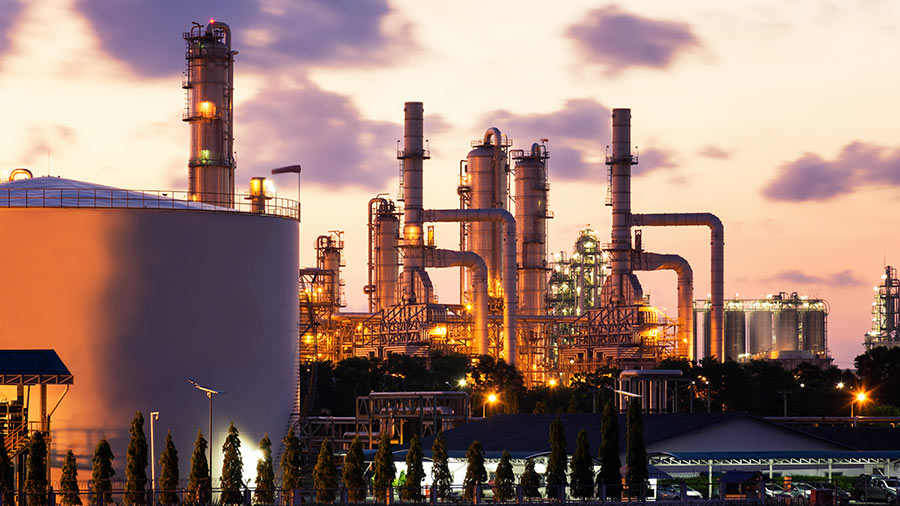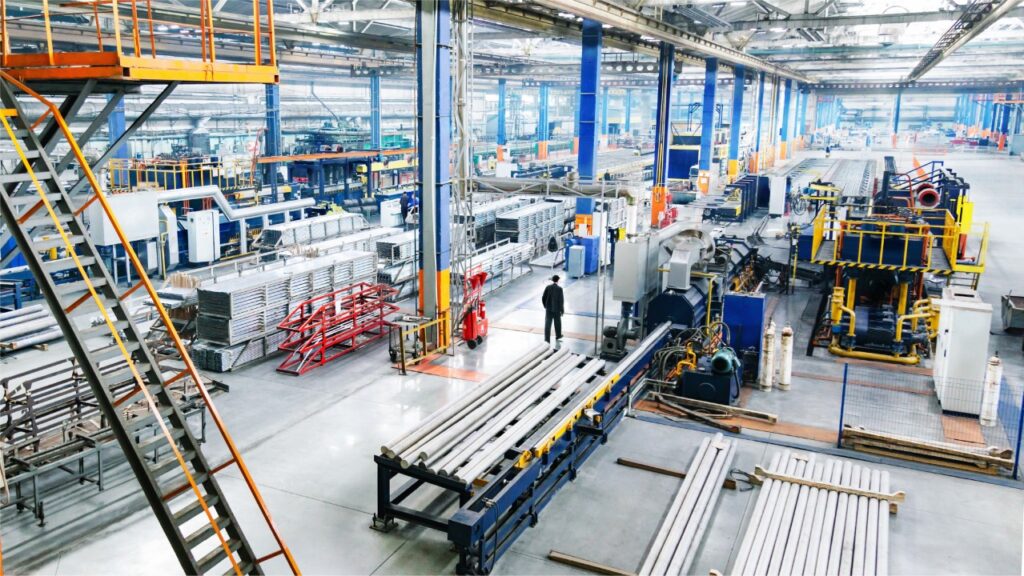India, the world’s fifth-largest economy and second-most populous country, has long been aspiring to become a global manufacturing hub. With its large and young workforce, abundant natural resources, and growing domestic market, India has the potential to rival China as the world’s factory. But how realistic is this ambition, and what are the challenges and opportunities that India faces in achieving it?

The Indian manufacturing sector has been undergoing a transformation in recent years, driven by various government initiatives, technological innovations, and market forces. Some of the key developments include:
- The National Manufacturing Policy, which aims to increase the share of manufacturing in GDP to 25 percent by 2025.
- The Make in India campaign, which seeks to attract foreign investment and promote domestic production in various sectors.
- The Production-linked incentive (PLI) scheme, which was launched in 2022 to provide financial incentives to 13 sectors that have the potential to enhance India’s manufacturing capabilities and exports.
- The adoption of Industry 4.0 technologies, such as artificial intelligence, robotics, internet of things, and additive manufacturing, which are expected to increase the efficiency and productivity of the manufacturing industry.
- The emergence of new end-user segments, such as aerospace/defense, automotive, and information and communication technology, which are creating a demand for high-end equipment and machinery.
These developments have resulted in some impressive achievements for the Indian manufacturing sector, such as:
- The growth of India’s exports of goods and services, which reached US$ 534.45 billion in FY21.
- The rise of India’s rank in the World Bank’s Ease of Doing Business Index, which improved from 142nd in 2014 to 63rd in 2019.
- The increase of India’s share in global manufacturing output, which rose from 1.8 percent in 2000 to 3 percent in 2018.
- The creation of millions of jobs in the manufacturing sector, which employed over 27.3 million workers in 2020.

However, despite these achievements, India still faces several challenges in becoming the next world’s factory. Some of these challenges include:
- The low competitiveness of India’s manufacturing sector, which suffers from high costs of land, labor, power, logistics, and taxes.
- The lack of adequate infrastructure and supply chains, which hamper the smooth movement of goods and services within and outside the country.
- The skill gap and quality issues in the manufacturing sector, which affect the availability and employability of workers and the reliability and performance of products.
- The environmental and social impacts of manufacturing activities, which pose risks to the sustainability and inclusiveness of economic growth.
To overcome these challenges, India needs to adopt a holistic and strategic approach that addresses the various aspects of manufacturing development. Some of the possible measures include:
- Reforming the regulatory and policy framework to create a conducive business environment for manufacturing enterprises.
- Investing in infrastructure development and digital connectivity to enhance the physical and digital infrastructure for manufacturing activities.
- Promoting innovation and research and development to foster technological advancement and value addition in the manufacturing sector.
- Enhancing skill development and education to improve the quality and quantity of human capital for the manufacturing sector.
- Implementing environmental and social safeguards to ensure that manufacturing growth is environmentally sound and socially inclusive.
India has a unique opportunity to become the next world’s factory in the post-pandemic world. With its strengths and potential, India can leverage its comparative advantage in various sectors and tap into the global demand for diverse products. By addressing its challenges and implementing effective measures, India can realize its ambition of becoming a major global manufacturing hub.
Share to your social below!
